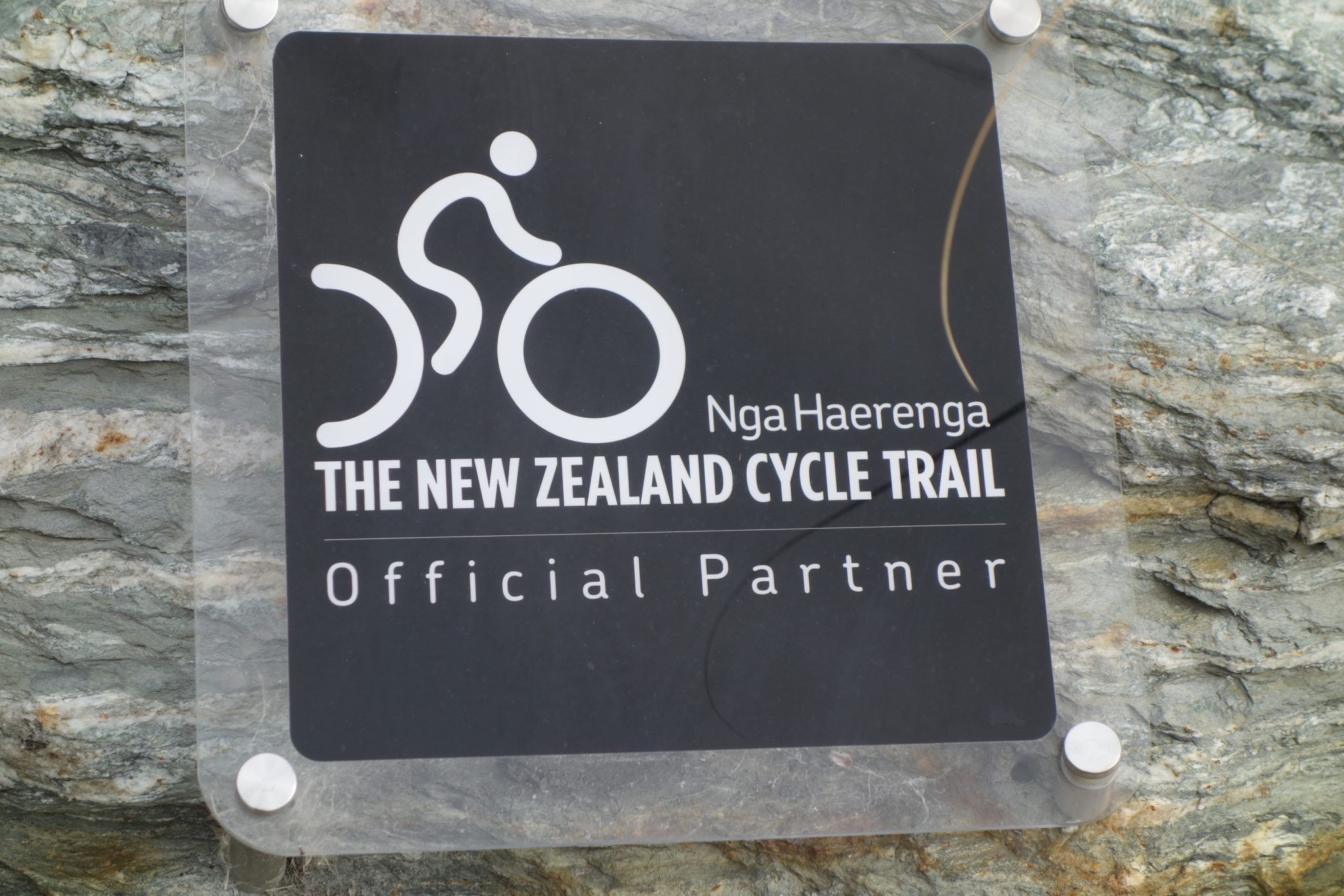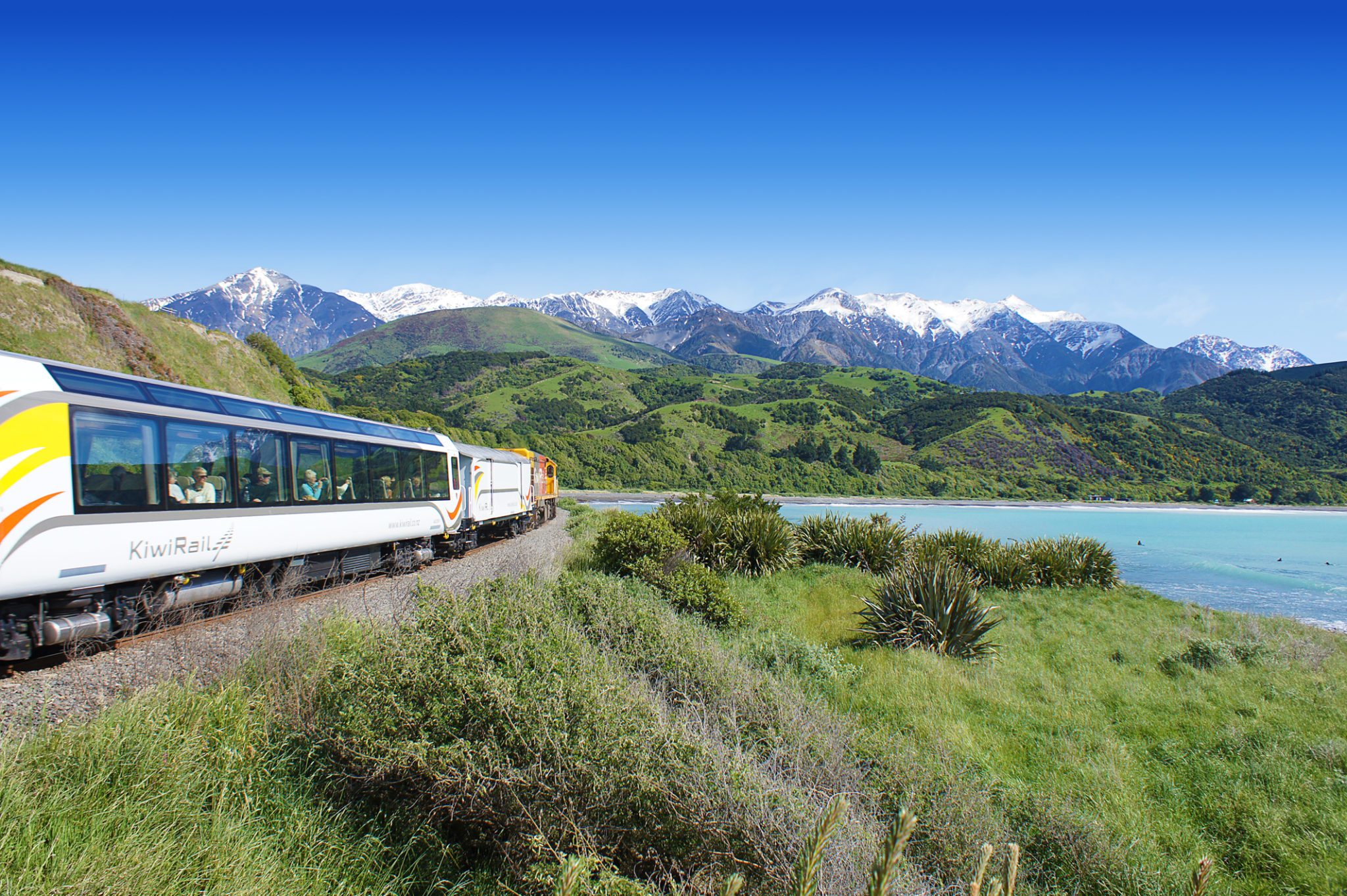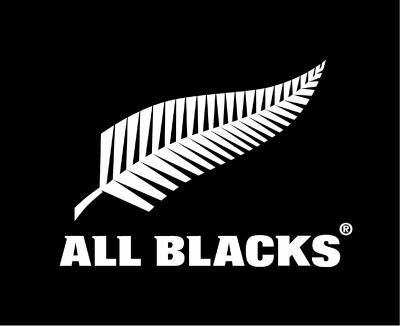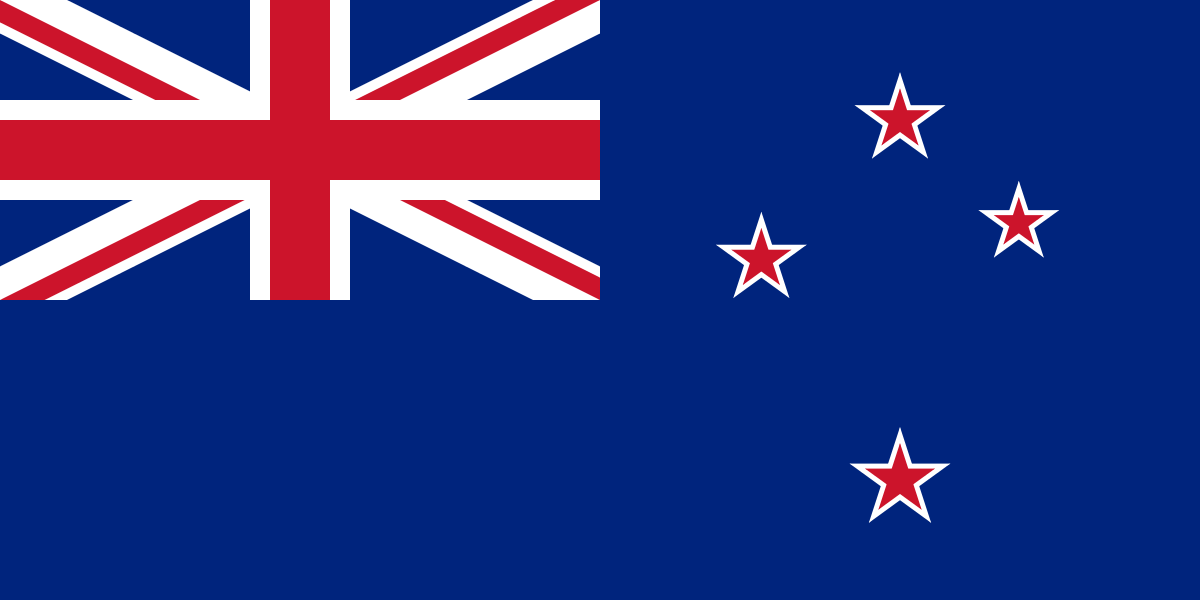Taking to Two Wheels on ‘Nga Haerenga’ - The New Zealand Cycle Trail
Switching from four wheels to two and taking to the tracks on the New Zealand Cycle Trail is, in our humble opinion, something that everyone travelling around New Zealand should do at some point during their holiday if they can. We’ve spent many an evening sitting on a stack of cushions after a particularly long day on a bike, but believe us, it’s always absolutely worth it. We recommend our travellers to take a break from the car or coach and see a little (or a lot) of New Zealand on foot or by bicycle if at all possible! Not only is a great way to work off some of the fantastic food and world class wines you’ll be eating and drinking, but it really does give you a different perspective on the country, and meandering along a trail, with the sound of native birdsong in your ears and the wind in your hair is a real treat.
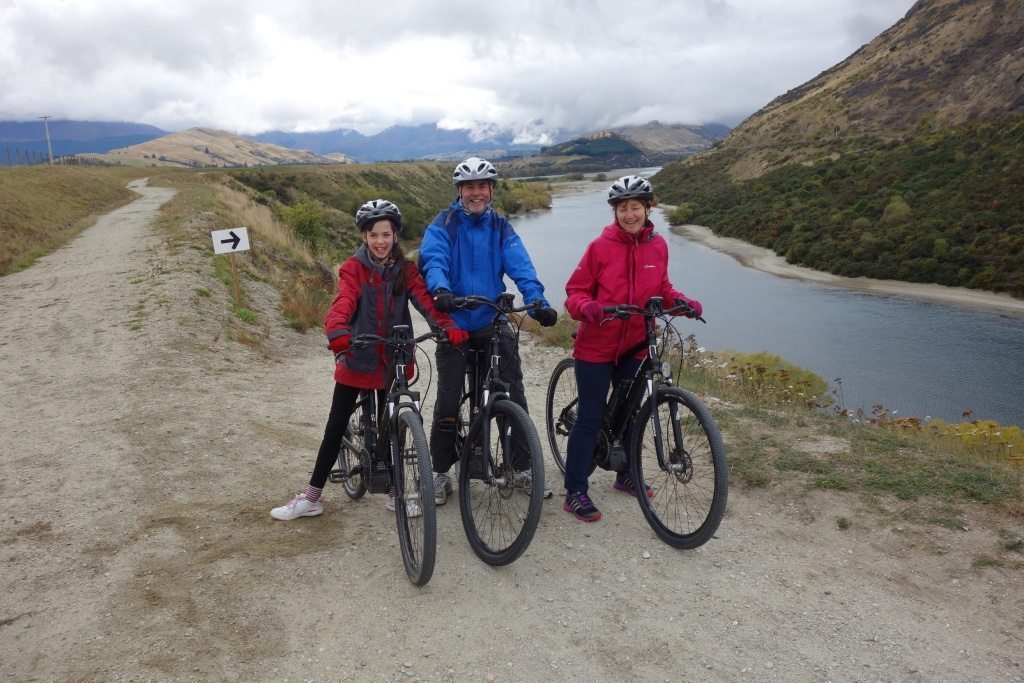
Cycling on the New Zealand Cycle Trail is a special experience; many of the roads are quiet and extremely easy to navigate (though it is worth remembering that during the summer months (November – February) they will be busier as its peak holiday season) and trails afford some of the country’s best scenery, weaving through some beautiful and remote parts of the Islands, with the trails breathing new life into old tracks, roads and disused railways that would otherwise fall into disrepair.
Nga Haerenga literally translates as ‘The Journeys’ and is a network of wonderful cycling routes across the country. We think ‘journeying’ across New Zealand at least in part, on The National Cycle Trail routes is a unique way to explore and get involved in the Great Outdoors, which, lets face it, is one of New Zealand’s biggest and best loved features.
You don’t have to be a super fit adrenaline junkie to ride the trails, and it’s not all off road mountain biking that takes you through some of the most challenging terrain New Zealand has to offer (though there is that option if you are a thrill seeker, or a more experienced cyclist!)
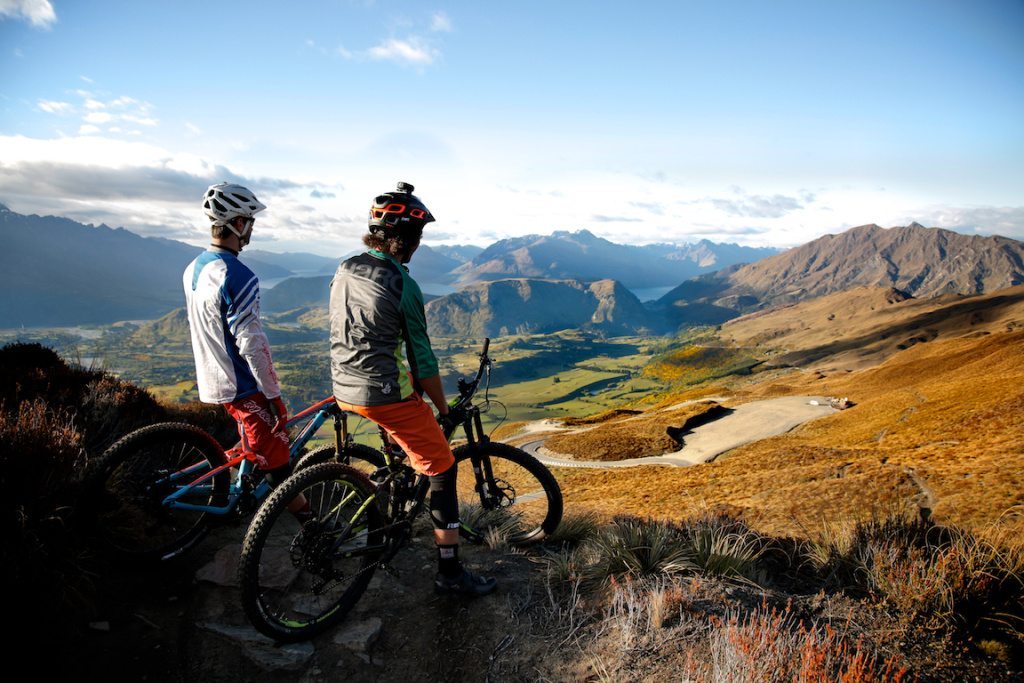
Nope, the network of cycling trails that zigzag across the North and South Islands of New Zealand offer tracks and routes to suit all levels of fitness, experience and enthusiasm! The routes are graded from 1-5 (1 being the most leisurely, such as the Hauraki Rail Trail and 5 recommended for serious cyclists like the Waikato River Trail) so it’s easy to decide what level of ride you want to tackle, and be reassured that you won’t face too many surprises!
Although New Zealand has been popular with cyclists for a long time it was back in February 1999 that an idea was formed to build a network of cycling trails that would weave across both the North and South Islands of New Zealand, allowing both tourists and locals alike to explore the country from two wheels, getting out into the countryside and experiencing the country in a different way, meeting locals, appreciating some absolutely breath-taking scenery and offering a healthy and enjoyable way to support the environment and local economies.
Backed by the Green Party of Aotearoa New Zealand and the NZ Government, the idea quickly became a working project and with a $50 million government investment and additional funding from local government and cycle trail trusts 23 Rides were established across the country with an ambitious goal to have them all open to riders by 2016. December saw the opening of the newest section of the trail, The Old Ghost Road on the west coast of the South Island.
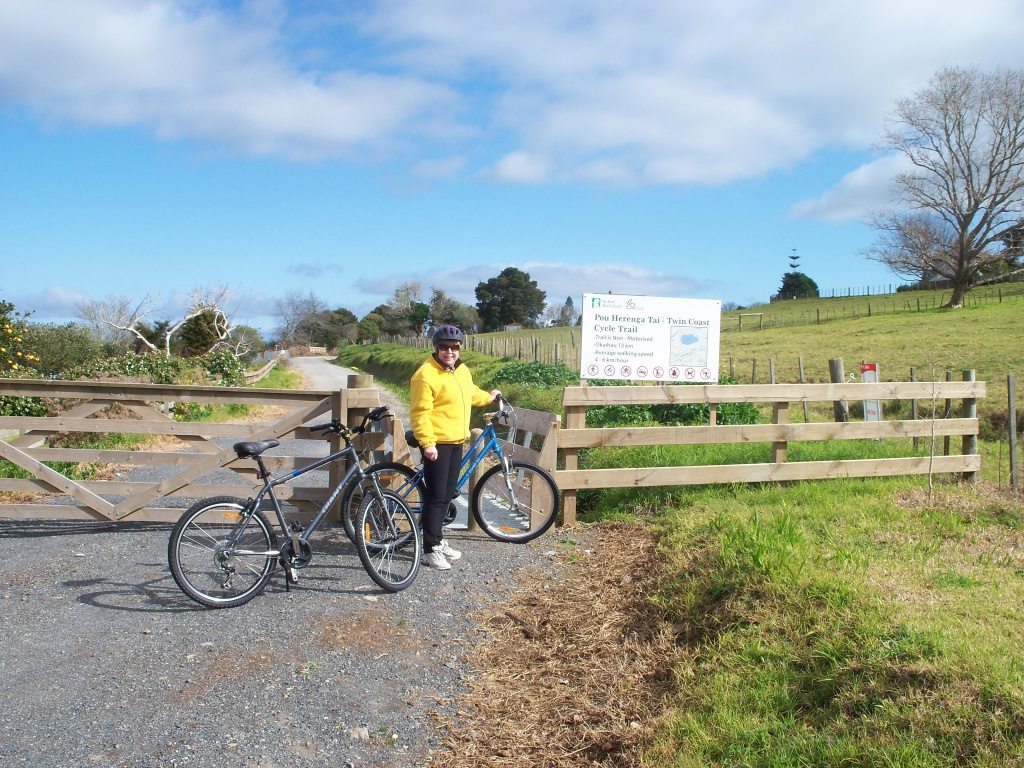
The Great Rides are the Premier rides on the National Trail chosen as they showcase the very best of NZ iconic landscapes, heritage and culture but the network has also expanded to include other trails in addition to the 23 Greats’ so you really will be spoilt for choice!
Do have a look at the New Zealand Cycle Trail website www.nzcycletrail.com where you’ll find lots of detailed information of each of the Great Rides, or track down a great book written by the Kennett Brothers – 'National New Zealand Cycle Trails', that’s an ideal read if you’re planning to undertake any of the rides during your holiday.
Keep an eye on our blog for our top tips for cycling in New Zealand, which we’ll be posting soon!
New Zealand Flag Update
The decision has been made – And we’re delighted!!
The winning flag design features the iconic New Zealand emblem, the Silver Fern – which also happens to be our company logo!!
The final results for the flag referendum came in earlier this week, and Melbourne based designer Kyle Lockwood was surprised and delighted when he heard his design had beaten the others to make it to the final run-off. In an interview with The Guardian, he explained "When I'm designing a flag, I've got to think about how it flows in the breeze, how it would look draped, how it would look above a podium."
Five designs made it to the final selection – but our team here at Silver Fern HQ enjoyed reading this article from the Telegraph that lets us in on some of the more ‘interesting’ designs submitted!
The final referendum will take place in March 2016, giving the Kiwis chance to make their decision over the summer months as to whether they want to take on the new design, or stick with the existing Flag – Watch this space and we’ll keep you updated!
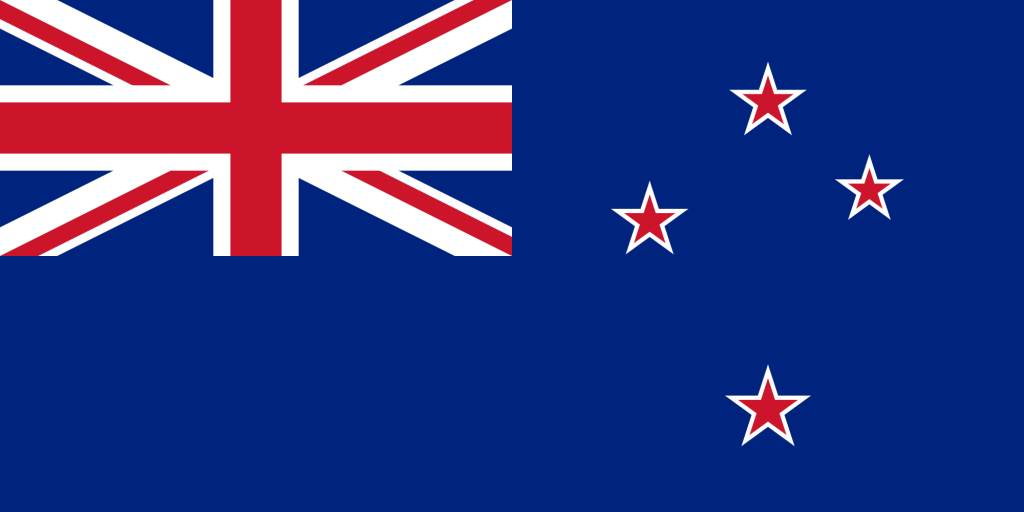
You can read more about the history of the flag and the other designs that made it to the final five in a previous blog post here.
New Zealand by Train
Seeing New Zealand by train is one certain way to make sure that everyone travelling can make the most of the incredible scenery New Zealand has to offer.
The problem with driving by car around New Zealand, practical and popular though it is, is that someone’s always going to have to be the driver, and there’s nothing worse than trying to keep your eyes on the road when your passenger keeps exclaiming, pointing and oohing and ahhing at the lanscapes you’re passing through!
Sure, the roads are usually quiet enough that you can make lots of swift, impromptu stops, and the most scenic routes have lots of viewing points on the roadside where you can pull in, but still, you do tend to miss a fair bit when you’re concentrating on watching out for wayward sheep crossing in front of you and not able to fully take in the beauty of the landscapes you’re driving through.
We always recommend that our travellers try to incorporate a few different modes of travel during their time in New Zealand, lets face it, there are plenty to choose from – whether its by car, ferry, bicycle, horseback, or, today’s blog post topic, by train.
Seeing New Zealand by train is a real treat, It gives you a chance to see parts of the country that aren’t accessible by road, and you get a whole new perspective when your standing out on the viewing carriage as the train races through some of New Zealand’s most iconic and simply superb scenery.
All the trains are fitted with headphones that offer commentary as you travel, plus information displays and overhead videos. The Café carriage serves drinks and snacks and the viewing platforms at the back of the trains offer great photo opportunities.
There are three main Kiwirail scenic journeys that connect various parts of both the North and South Island, but also worth investigating are the Taeiri Gorge railway in Dunedin and the fun Driving Creek Railway in The Coromandel, but they’re for another day’s blog post!
The TranzAlpine

The most popular train journey to take in New Zealand is the trip from one side of the South Island to the other on the TranzAlpine Railway.
The crossing takes 4 ½ hours, and you can either opt for a return journey, or do what most of our travellers do and disembark in Greymouth, pick up a car and continue to explore South Island along the wild West Coast and on to Fiordland.
The TranzAlpine begins its journey in Christchurch and heads east through the expansive Canterbury Plains towards the Southern Alps, travelling alongside the Waimakiririr River, before climbing up through the Alps and on to Arthurs Pass National Park, where we guarantee you’ll be making the most of the viewing platform at the back of the train to take in the breathtaking scenery of the majestic Alps that surround you.
From here the train passes through the Otira tunnel and begins its descent. The landscape for the final part of your journey couldn’t be more different from the start, as you head down towards the Tasman Sea through the lush alpine Rainforests of the West Coast and into Greymouth which is a great place to base yourself for visits to Punakaiki and the Blowholes and the Glacier country of Franz Josef and Fox.
The Northern Explorer
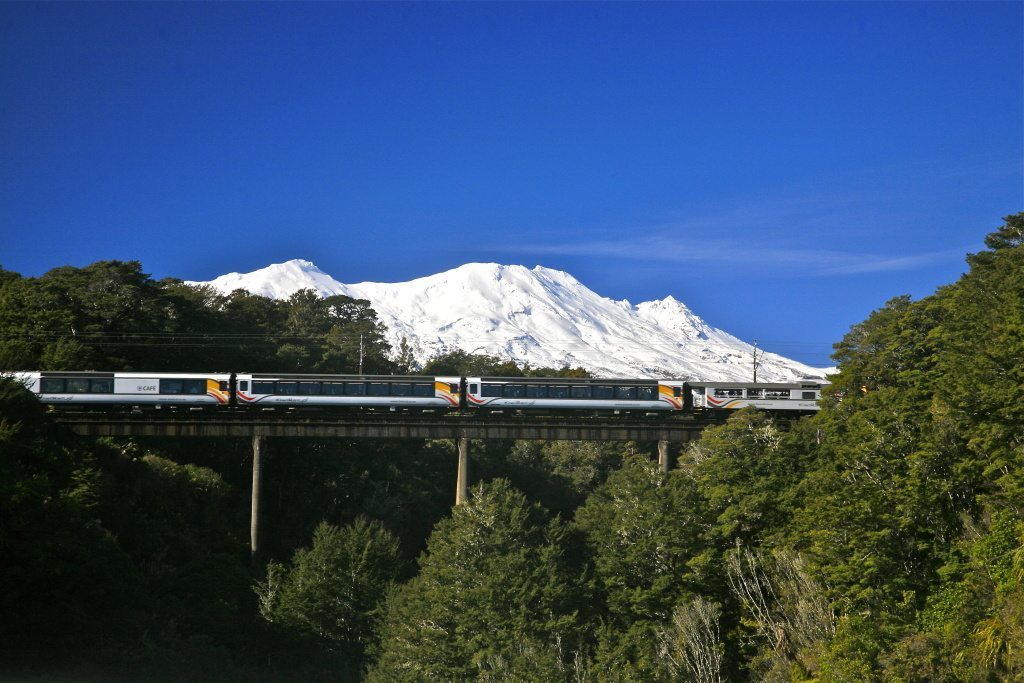
This 12 hour journey from Auckland to Wellington takes you along the main trunk line as you cross viaducts and gorges across the Whanganui and Rangitikei Rivers. You’ll travel through 14 tunnels and over 352 bridges en route passing through rugged farmland and up the famous Raurimu spiral to the Volcanic Plateau where the peaks of Mounts Ruapehu, Mgaruhoe and Tongariro loom above you. Keen walkers might want to stop here for a few days to undertake one of New Zealands Great Walks, The Tongariro Alpine Crossing, before picking up the train to complete the journey.
As you approach the end of the crossing you’ll have views out to the Tasman Sea and nearby Kapiti Island, before you arrive in The Coolest Little Capital in the World, Wellington.
The journey isn’t the best loved of the three main routes through the country, and although the scenery isn’t as jaw dropping as you’ll see on the TranzAlpine, it’s still a super way to travel from one end of the country to another. Besides it takes a good eight hours to make the journey by car so adding an extra four on, wont make too much difference to your travelling time!
The Coastal Pacific
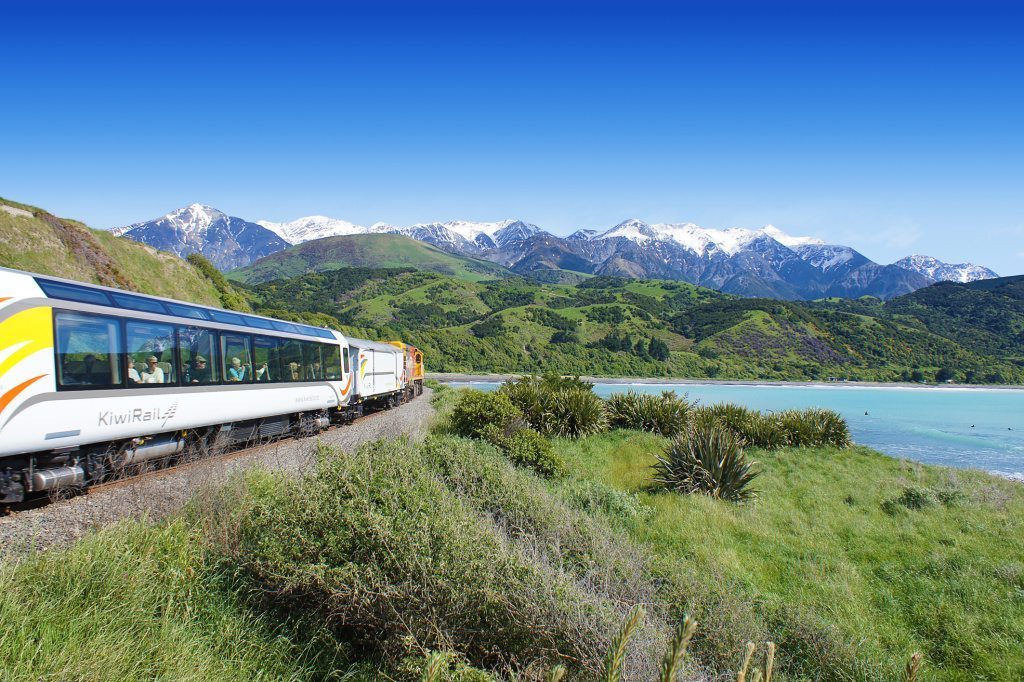
The Coastal Pacific train connects the small port town of Picton – the gateway to the fabulous Marlborough Sounds - to Christchurch, New Zealand’s most English city. Along the way you’ll pass through the wine growing region of Blenheim, and on through Kaikoura, where marine enthusiasts will want to make a stop for some Whale Watching or the opportunity to swim with dolphins.
From Kaikoura you continue to travel between the mountains and the sea until you reach the farmlands of the Canterbury Plains heading into Christchurch.
All of the trains run between October and March, and of course, you are more than welcome to get in touch if you’d like some more information about any of the routes, or about how to add a train journey to your Tailor made self drive adventure.
A Bluffers Guide to New Zealand Rugby
Unless you’ve been hiding under a rock somewhere, you can’t have failed to be aware of the Rugby World Cup fever that gripped the nation throughout September and October and as the furore dies down, for us in the UK at least, we thought it fitting to write a blog post to fill you a little on the history of New Zealand Rugby, as we can guaranteed that for anyone heading over there in the next few months after the All Blacks World Cup victory, it’s bound to be the number one topic of conversation!! If there are any doubts, check out this video of the reception the All Blacks got on their return to New Zealand this week – just brilliant!
Read on, and you’ll be able to hold your own in any conversation with somebody who knows somebody who knows one of the All Blacks – It’s bound to happen at some point during your holiday.
It was in England, back in the 1820’s when William Webb Ellis a student at the Rugby School, (in Rugby funnily enough!) disregarded all the rules of football during a game and instead of kicking the ball, caught it and ran forward with it, instead of carrying it back to his own line. Somehow, it caught on, and although it took a little while for the rules to be agreed, by the 1860’s Rugby was a firm favourite of sportsmen and its popularity started spreading further afield.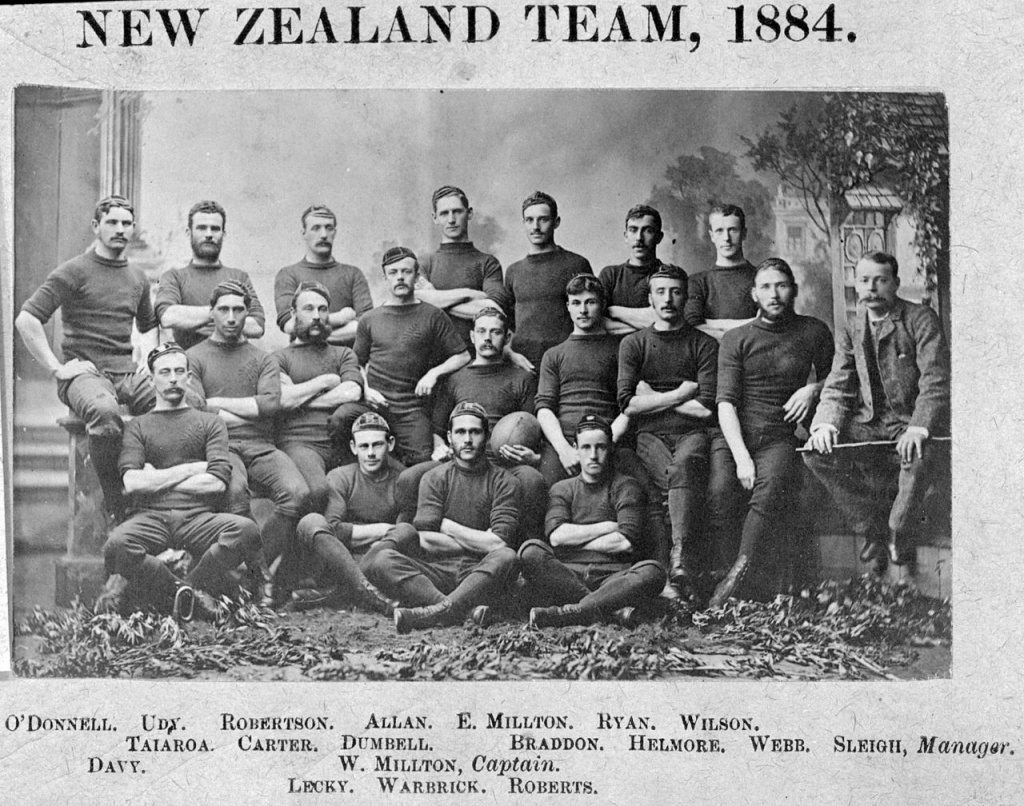
In the late 1860’s Charles Monro, a New Zealander who had been studying in England, headed back down under, having developed a soft spot for the sport and suggested to his local football club in Nelson that they might like to give it a try – they did, and must have liked it - in 1870 the very first Rugby match in New Zealand was played.
Later on, that same year, during a visit to Wellington, Monro arranged a game between the Nelson Club team and a Wellington selection – the first inter-district match in New Zealand – and after recruiting and training the Wellington team, Monro took to the pitch as both player and Referee (not sure how impartial he’d have been!)
That was it – the Kiwis embraced the game, and by the end of the 1870’s unions were formed in Canterbury and Wellington. Not long after in 1884 a national side representing New Zealand took to the field and in May 1892 the New Zealand Rugby Football Union (as it was known then) was formed.
The All Blacks played their first test match against Australia in 1903, and then powered through a tour of England in 1905 taking everyone by surprise with their innovative style of Rugby. The fastest players ran with the ball rather than kicking and chasing it, and the New Zealand teams held the field with such ferociousness and nimbleness they were soon heralded as the most fearsome side to be pitted against.
It was during the 1905 tour that their kit was redesigned, from blue and gold to all black. The Express & Echo in Devon was the first to use the term All-blacks when a writer, reporting on the win the team had against Devon during the 1905 tour penned "The All Blacks, as they are styled by reason of their sable and unrelieved costume, were under the guidance of their captain (Mr Gallaher), and their fine physique favourably impressed the spectators". The name stuck and the team has been known as the All Blacks ever since.
Not a great deal has changed since then really - Having just won their second World Cup in a row, we think it’s safe to say that they retain that reputation both for their skilled and formidable rugby playing, and, having watched a few games, for their fine and impressive physiques!
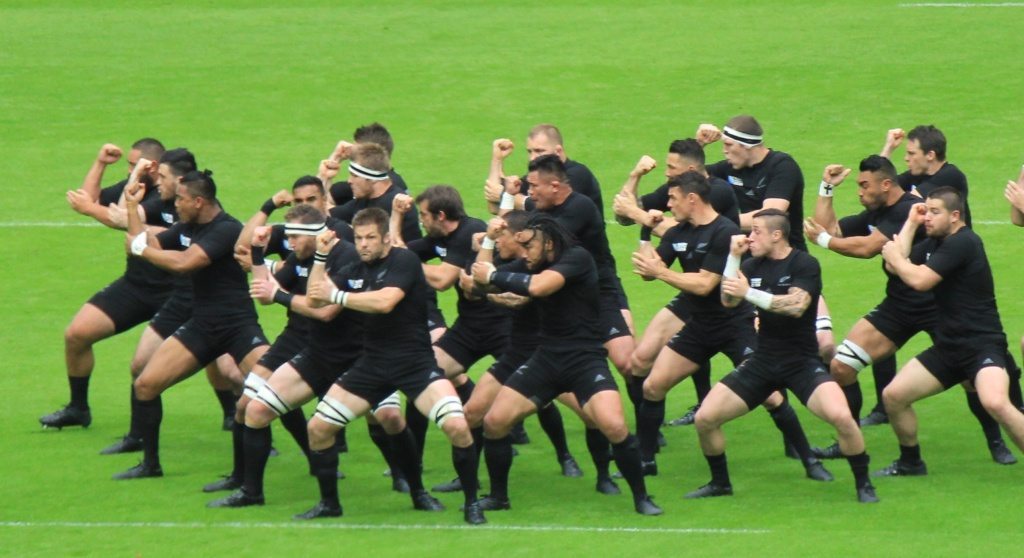
Rugby has become not only a game that Kiwis are particularly good at, but also a huge part of their National Identity over the last century and there are several places you can visit during a holiday in New Zealand that are unmissable for fans of the game.
If you’re planning to visit Nelson during your holiday in New Zealand, be sure to walk The Centre of New Zealand Walkway, alongside the Matai River, where the very first game of Rugby in New Zealand was played. If you’re joining us for one of our Small Group Journeys, we’ll stroll along a section of the walkway too.
Other ideas of ‘must see’ spots in New Zealand for rugby fans………………
Take a tour of Eden Park – scene of the All Blacks world cup triumph in 2011
http://www.edenpark.co.nz/tours
Visit the New Zealand Sports Hall of Fame which tells the stories of the country’s greatest sports stars – mostly rugby players.
Spend a morning or afternoon exploring the Rugby Museum in Palmerston North
http://www.newzealand.com/uk/article/behind-the-scenes-at-new-zealand-rugby-museum/
Travel Tips: Surviving a Long Haul Flight to New Zealand
We’ve all heard the saying that ‘life is about the journey not the destination’ but in the case of surviving a long haul flight to New Zealand, we have to admit that the opposite is probably true – actually getting to New Zealand is never going to be the highlight of your trip, but we do think that with a bit of preparation and some organisation, the 11689.8 mile journey doesn’t have to be something to dread.
We’ve travelled between the two countries more times than we can remember and although when we can, we usually choose to stop for a day or two en route -both to break up the journey and to explore other countries while we’re so close to them - sometimes time is of the essence, and if you’ve only got a couple of weeks scheduled for your trip you’ll probably want to get to New Zealand as quickly as possible to make the very best of your time there.
We’ve put together our favourite tried and tested flight survival secrets to make sure that you arrive in New Zealand, if not feeling as fresh as a daisy, then at least not like you want to hide away in a hotel room for 24 hours!
Before You Go:
Get Your Gadgets Ready
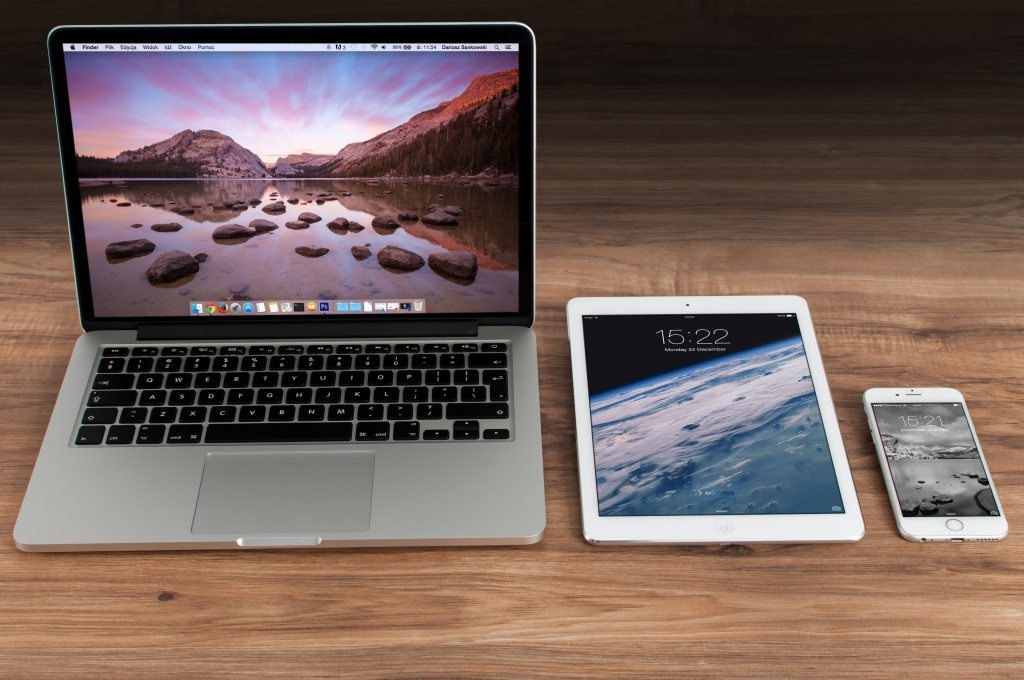
It’s true that long haul flights have much better in-flight entertainment than they used to, but you never quite know what will be on the schedule, so it makes sense to have some entertainment back-up for the flight (and for the in-between times when you’re passing time in the airport lounge).
Charge your devices, download your favourite television programmes or a few films onto your tablet and if you have a kindle or an e-reader make sure you’ve got some good reading material ready. (Top tip - start your book a few days before you go so you’re already into it and you know you like it by the time you fly – there’s nothing worse than looking forward to starting a new book, only to find it’s not a page turner!)
Pack Snacks
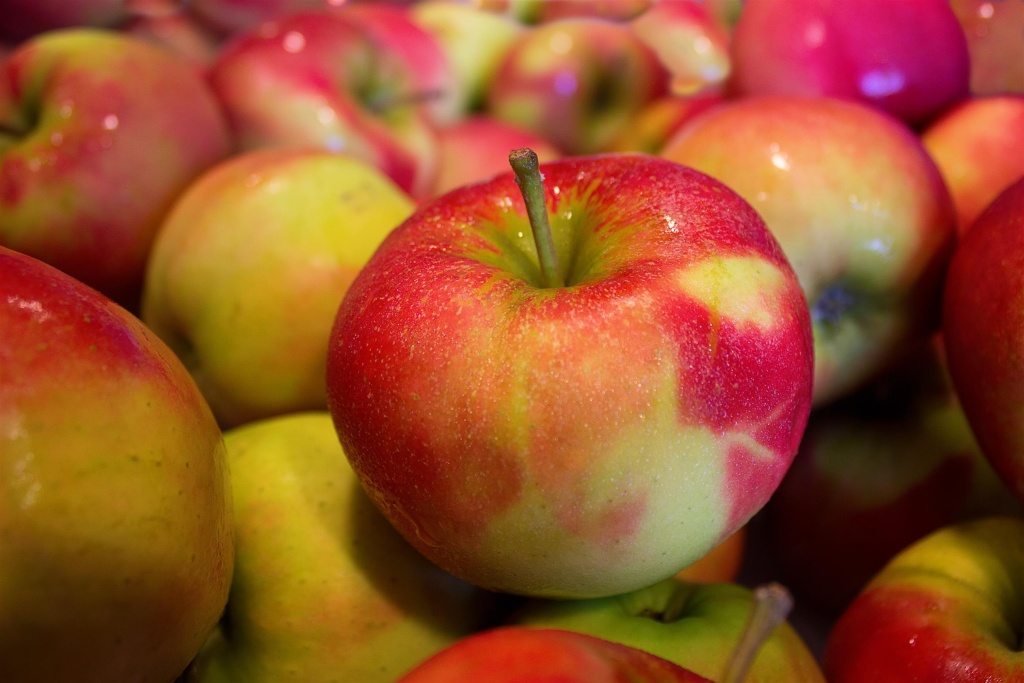
We’re not sure about you, but we’ve never been particularly fond of aeroplane food (except for the fact that it breaks up the journey and passes a bit of time) and even if you aren’t adverse to the culinary offerings on board you’ll probably want to eat to your own schedule –no-one enjoys being woken up from a much needed snooze by a flight attendant offering you a meal you don’t really want.
We usually take some fruit, some veggie sticks and a small pot of hummus, some cheese and some dried fruit and nuts. They’re all slow release energy and will fill you up without leaving you feeling uncomfortable and bloated.
Pack a Flight Survival Kit
Completely essential if you want any chance of managing to sleep during the flight. Although airlines used to always hand out travel packs, you never quite know these days, so we recommend packing your own. An eye mask (we love our lavender infused ones), some ear plugs, a travel pillow and a pair of warm cosy socks will go a long way to making the journey more bearable and they don’t take up much room in your cabin baggage.
Choose your Seats
Avoid a middle seat! We definitely recommend choosing an aisle seat whenever possible. You’ll want to get up and stretch your legs from time to time, and its so much harder when you have to wake up the person in the seat next to you, or try to climb over them without disturbing them!
Be Organised
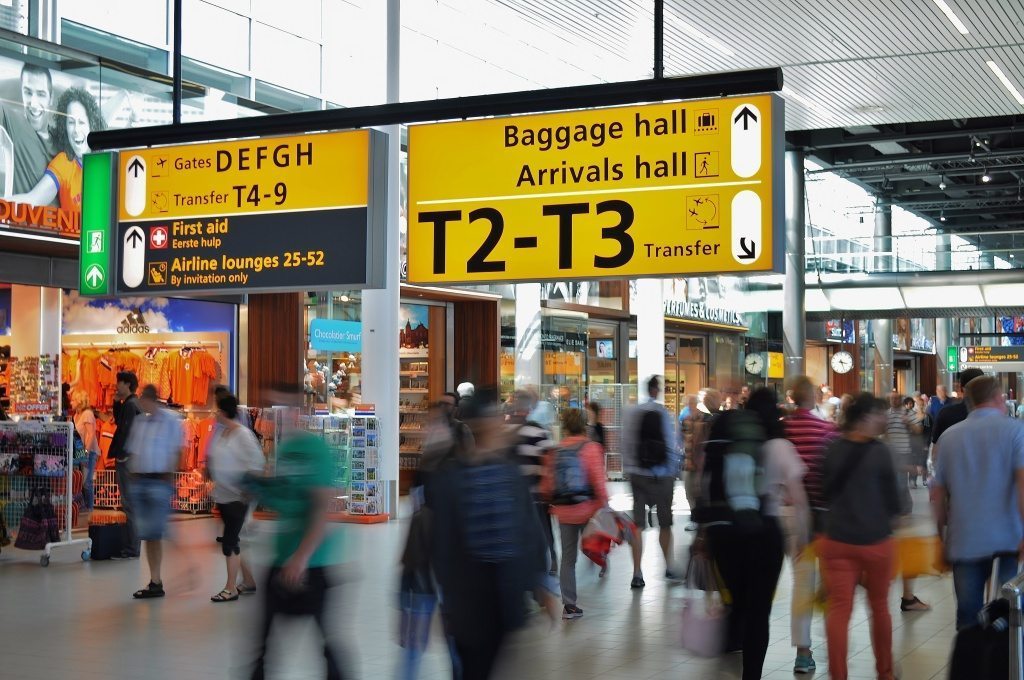
Aim to get to the airport early so you’re not stressing and rushing around – consider an airport hotel the night before if you’re prone to anxiety!
In Flight
Stay Hydrated
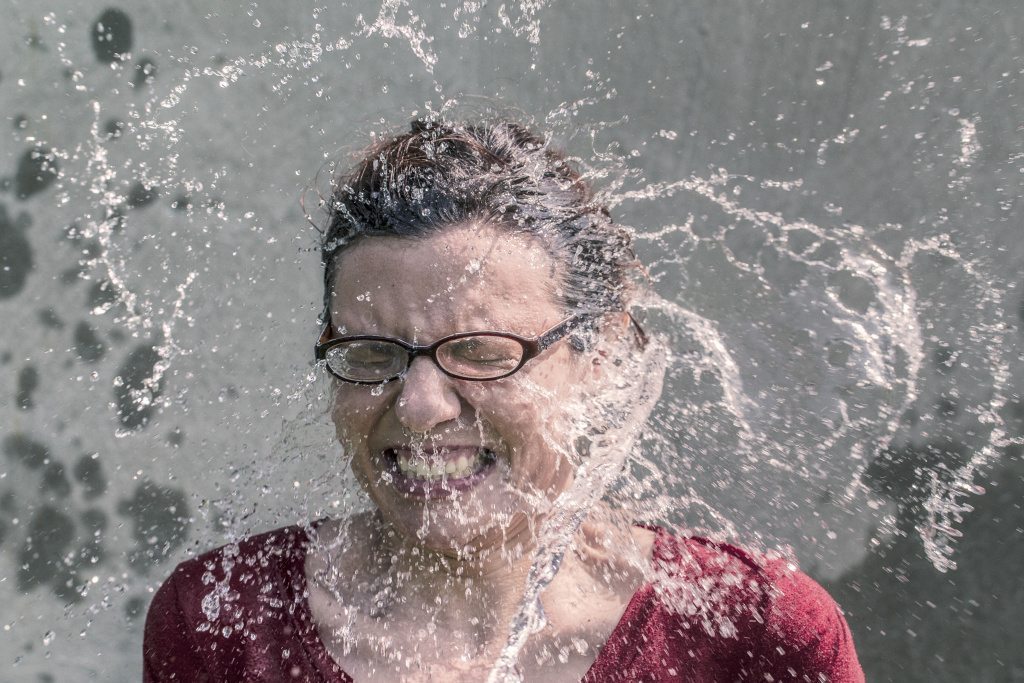
And watch what you drink. Avoid caffeine and alcohol. Well, actually, you are officially already on your holiday once the plane takes off, and we’re not total killjoys so maybe don’t avoid alcohol completely, but limit it to a glass of fizz to toast your travels, or a glass of wine with a meal.
Although on long flights, you can request water throughout, we always find it easier to buy a couple of bottles once you’ve passed through baggage control so you don’t have to keep buzzing the flight attendant (note: another reason to book an aisle seat – upping your water intake also means more regular trips to the bathroom!) .
Check the Time
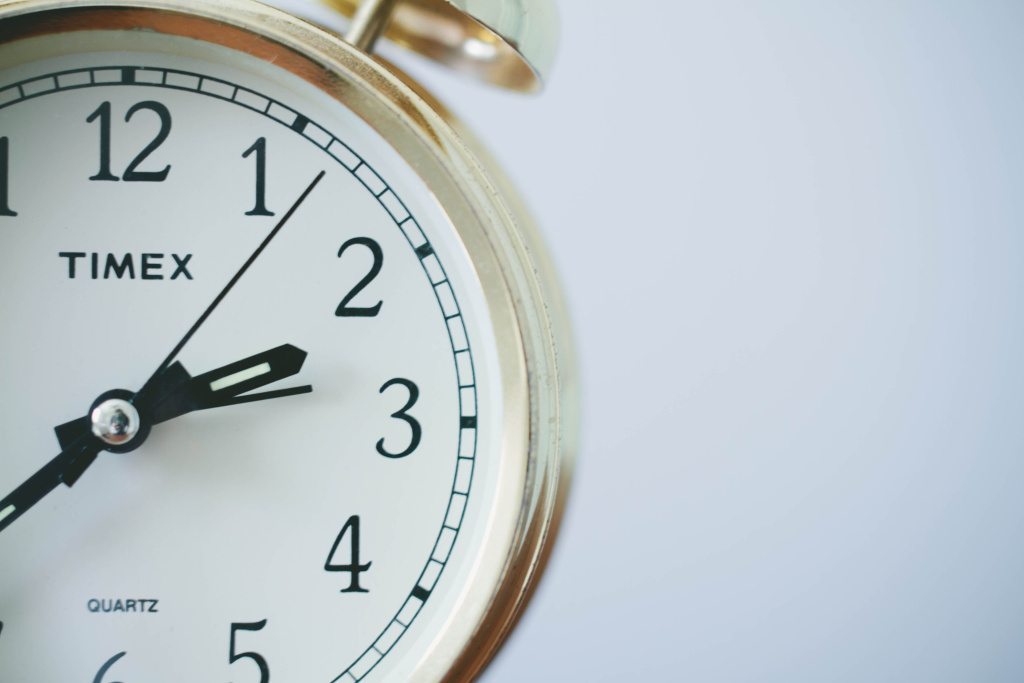
Set your watch to your destination time when you board your flight, and try, if you can, to nap at times that fit in with your new time zone – you’ll be more likely to arrive feeling more human, we promise!
Stretch your Legs
Make a conscious effort to get up and have a walk around the plane, move flex and stretch your legs regularly to encourage blood flow, and there are lots of exercises you can do in your seat too to stop muscles stiffening up. Granted, you might look like a bit of a wally, but they’ll keep you comfier.
Be Nice

Last but most definitely not least, be polite and friendly to the flight attendants and your fellow travellers. It can be hard to stay chirpy when you’re lacking sleep and have been squeezed into the economy cabin of a jumbo jet for the past 10 hours, but so has everyone else, so smile at the stewardess, don’t get grumpy in the queue for the loo and be nice to your neighbour, we promise you’ll arrive in New Zealand feeling so much better!
Flag Up Your Vote
With media all over the world speculating on the change to the New Zealand flag in 2016 and the big unveiling of the final five designs, it’s doubtful you’ve missed the debates and opinions that are flying about, so we thought it would be Interesting to dig a bit deeper into the history of the flag and share the flag we’re voting for (we bet you can’t guess!)
If you had travelled to New Zealand before 1902, it would have been the Union Jack that you’d have seen fluttering from the flagpoles across the country, though now we all recognise the distinctive New Zealand national flag with the Union Jack in up in the corner and the four stars that represent the constellation of the Southern Cross as it is seen from New Zealand.
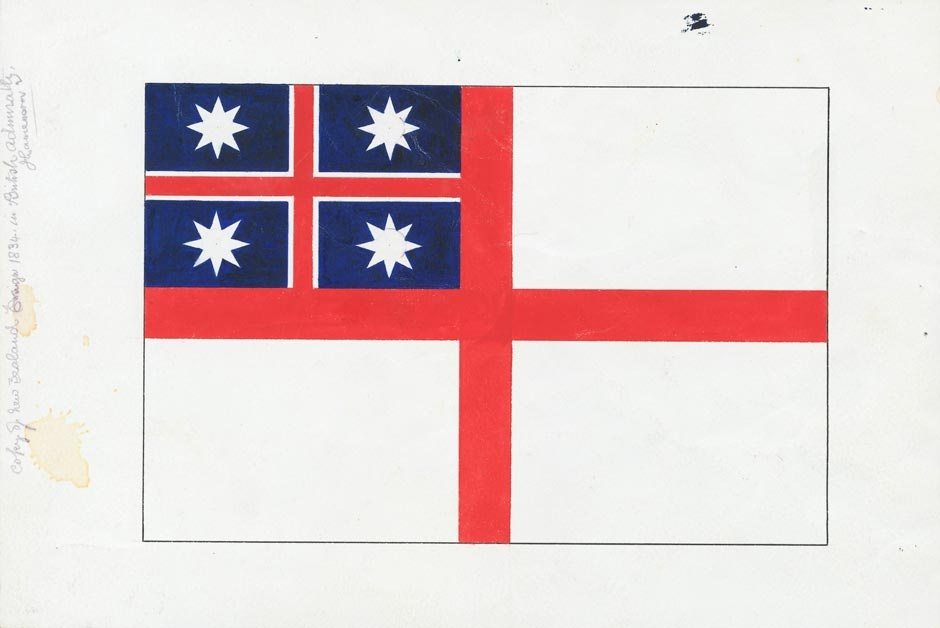
The history of the New Zealand Flag goes back further than that though with the original national flag voted in from a choice of three in 1834 by the United Tribes of New Zealand. The Flag became known as the ‘Flag of the United Tribe of New Zealand’, and to Maoris symbolised New Zealand being recognised by the British as an Independent Nation.(If you visit the historic Waitangi Treaty Grounds today you’ll see the flag, still flying high from a flagpole in the grounds of the Treaty House).
It wasn’t long after this, in 1840, that the Treaty of Waitangi was signed and New Zealand became known as a British Colony, hence the introduction of the Union Jack. This wasn’t an entirely popular decision with Maori’s, many of whom felt that the Flag of the United Tribes of New Zealand should have been flown alongside the Union Jack, but they were overruled and the Union Jack enjoyed status as the national flag for some 60 plus years until the passing of the New Zealand Ensign Act instituted the existing flag.

2016 will see New Zealanders voting, for the very first time, on a referendum on their flag and there are five different designs for them to choose from. If you’re travelling to Wellington before 20th November, head down to Civic Square and you’ll be able to see the designs on display flying above the Town Hall.
The five alternative designs were whittled down from over 10,000 and have been chosen after some deliberation, with the brief needing fit quite a criteria. Chair of the Flag Consideration Panel, Professor John Burrows, explained “We believe a potential new flag should unmistakably be from New Zealand and celebrate us as a progressive, inclusive nation that is connected to its environment, and has a sense of its past and a vision for its future” that’s a lot to get across in a simple design!!
The choices include flags featuring a Koru, an integral symbol in Maori carving, art and design that symbolises peace, growth, new life and strength, three variations on the Silver Fern design and the Red Peak, a late addition to the referendum.
Below you can watch a video of John Key, New Zealands Prime Minister making his case for why he thinks its time for a change
The first referendum is set to run from November 20 to December 11, where voters will be asked to rank the five options, followed by the most popular flag from the first referendum pitched against the current flag in a second vote in March next year.
What do you think? Which Flag do you think should be selected? Do comment below, we’d love to hear your thoughts.
And of course, we’re rooting for one of the three designs that encompasses our logo here at Silver Fern Holidays, The Silver Fern (as if you hadn’t already guessed!)

